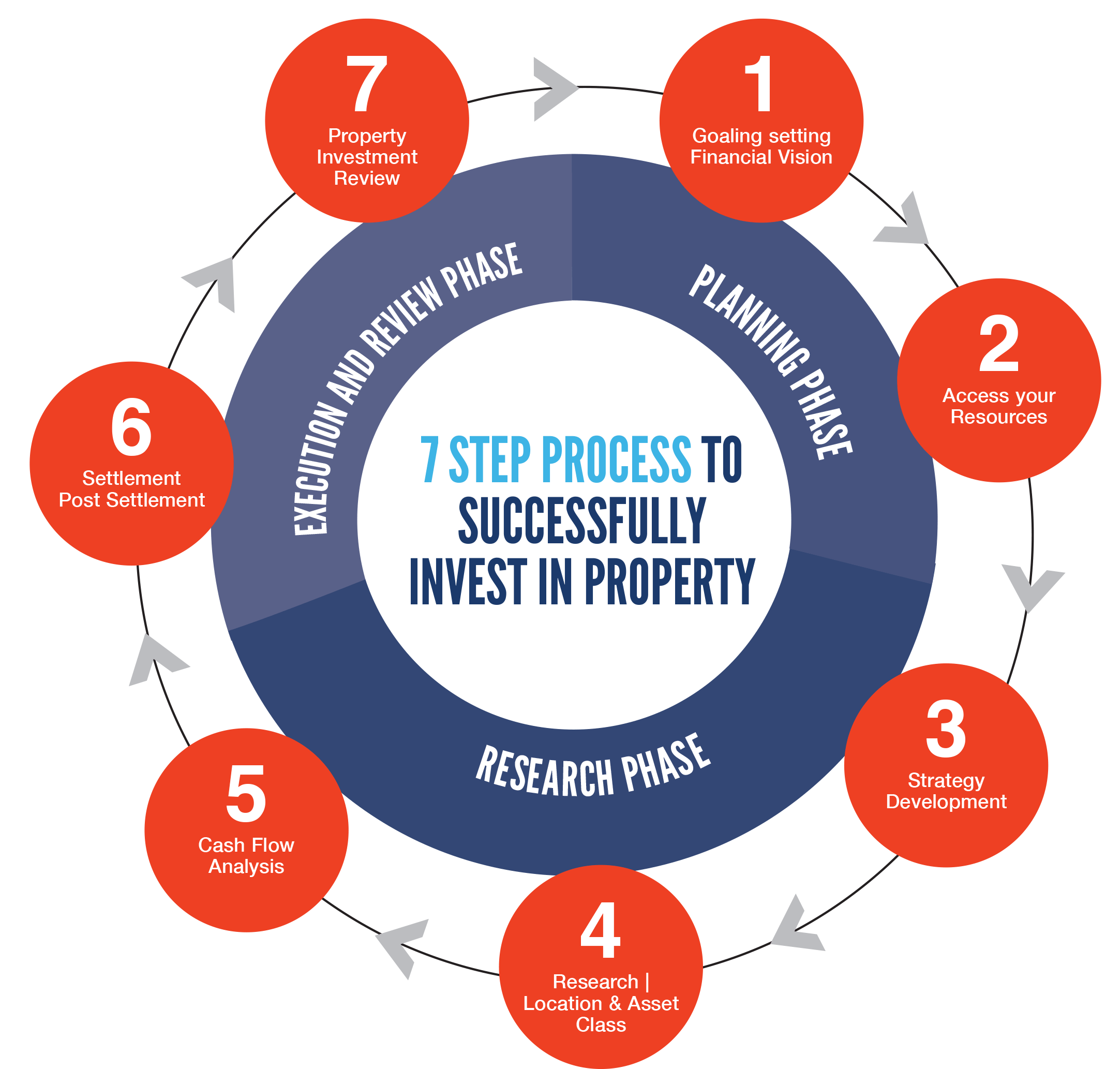Unpacking the Long-Term Potential of Investment Properties: A Step-by-Step Guide

When it comes to investment properties, making informed decisions is crucial. The real estate landscape is constantly evolving, and understanding how to analyze the long-term potential of an investment can be the deciding factor between success and financial strain. To help investors like you, we’ve put together a comprehensive, actionable guide that delves into the intricacies of evaluating a property’s long-term potential.
Understanding Your Investment Goals and Risk Tolerance
Before you start analyzing properties, it’s essential to establish what you want to achieve through your investments. Set clear objectives, such as:
- Cash flow generation
- Long-term appreciation
- Building equity
- Diversification of your portfolio
Next, consider your risk tolerance. Are you comfortable with a high-risk, high-reward strategy, or do you prefer a more conservative approach? Knowing your risk appetite will help you determine which types of properties to focus on.
Assessing the Local Market
The local market plays a significant role in determining a property’s long-term potential. Here are some key factors to consider:
- Economic growth: Look for areas with a strong, diverse economy, low unemployment rates, and a growing population.
- Infrastructure development: Upcoming infrastructure projects, such as transportation systems or public services, can significantly impact a property’s value.
- Demographics: Understand the local demographics, including age, income levels, and education. These factors can affect the demand for housing and rental properties.
- Regulatory environment: Familiarize yourself with local zoning laws, tax policies, and other regulations that may impact your investment.
Property Analysis
Once you’ve assessed the local market, it’s time to evaluate the property itself. Here are some key considerations:
- Location: Proximity to amenities, public transportation, schools, and employment opportunities can significantly impact a property’s value.
- Physical condition: Assess the property’s age, condition, and potential for renovation or redevelopment.
- Zoning and land use: Understand the property’s zoning designation and any restrictions on land use.
- Cap rate: Calculate the capitalization rate (cap rate) to determine the property’s potential return on investment.
Analyzing the Financials
Now it’s time to crunch some numbers. Consider the following financial metrics:





